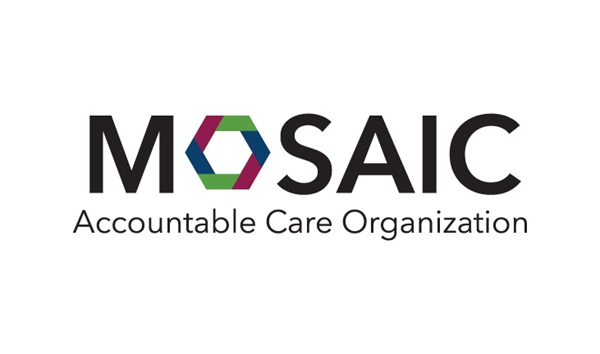Neuroscientists Use Lightwaves to Improve Brain Tumor Surgery
DETROIT – First-of-its-kind research by the Innovation Institute at Henry Ford Hospital shows promise for developing a method of clearly identifying cancerous tissue during surgery on one of the most common and deadliest types of brain tumor.
When expanded upon by further research, the findings offer the potential of improved outcome for those undergoing surgery to remove glioblastoma multiforme (GBM), a tumor that attacks tissue around nerve cells in the brain.
The study is published in the February issue of Journal of Neuro-Oncology.
“Even with intensive treatment, including surgical removal of as much cancerous tissue as is currently possible, combined with radiation and chemotherapy, the prognosis for GBM patients remains dismal,” says Steven N. Kalkanis, M.D., a neurosurgeon and co-director Henry Ford’s Hermelin Brain Tumor Center.
“For now, their average life expectancy is around 12 to 18 months,” says Dr. Kalkanis, lead author of the study. Also involved in the study were members of the departments of Electrical and Computer Engineering, and Surgery at Wayne State University in Detroit.
GBM poses a particular problem for the surgeon. While some tumors have clearly defined edges, or margins, that differentiate it from normal brain tissue, GBM margins are diffuse, blending into healthy tissue. This leaves the neurosurgeon uncertain about successfully finding and removing the entire malignancy.
The Henry Ford team set out to develop a highly accurate, efficient and inexpensive tool to distinguish normal brain tissue from both GBM and necrotic (dead) tissue rapidly, in real time, in the operating room.
The researchers chose Raman spectroscopy, which measures scattered light to provide a wavelength “signature” for the material being studied. The developer, Indian physicist Sir C.V. Raman, won the 1930 Nobel Prize for Physics, and his spectroscopy has been used to remotely test industrial pollution in smokestack plumes, among other widely varied applications.
Although Raman was developed in 1930, it was only very recently that the processing technology was able to be condensed into a tiny space (such as would fit on an intraoperative probe). And in addition to advances in processing speed, results can now be available in a fraction of a second.
Using 40 frozen sections of GBM-riddled brain tissue, the Henry Ford team aimed to develop a database of normal brain matter, GBM and necrotic tissue as identified by Raman spectroscopy, as well as a statistical analysis algorithm for providing rapid diagnosis of tumor margins during brain surgery.
After creating and testing their method, the researchers were able to distinguish the three types of tissue with up to 99.5 percent accuracy. Normal brain tissue was found to have increased lipid content, necrotic tissue had increased protein and nucleic acid content, and GMB tissue fell somewhere in between the two.
One complication of the study, which Kalkanis says was not unexpected, arose from the use of frozen tissue slices. Artifacts of tissue damaged by freezing were found in many of the test samples and slightly lowered the accuracy of the team’s analysis of some samples.
Frozen artifact can make it more difficult to visually identify normal brain matter and cancerous tissue, and also changes the basic molecular structure of the tissue. This is caused by the formation of ice crystals, which expand quickly and rupture cell membranes.
The result is decreased lipid content and an increase in DNA and protein inside the cells – the primary measures used by the researchers in developing the proof of their Raman spectroscopy technique.
“But because we are developing these techniques to be used on live tissue during surgery, freeze artifact should not be a significant confounding factor,” Kalkanis said.
Future studies, he said, will focus on methods of collecting and identifying Raman “signatures” from tissue with freeze artifact.
Also, because tests in the current study were run only on homogenous tissue samples, more research will be directed at tissue containing the diffused margins of GBM infiltration.
Others involved in the research: M. L. Rosenblum; T. Mikkelsen; A. Raghunathan; L. M. Poisson from Henry Ford Hospital; and G. W. Auner, R. E. Kast, S. M. Yurgelevic, K. M. Nelson from Wayne State University, Detroit.
Funding: Hermelin Brain Tumor Center, Henry Ford Department of Neurosurgery and Innovation Institute at Henry Ford Hospital.
.svg?iar=0&hash=F6049510E33E4E6D8196C26CCC0A64A4)

/hfh-logo-main--white.svg?iar=0&hash=ED491CBFADFB7670FAE94559C98D7798)






